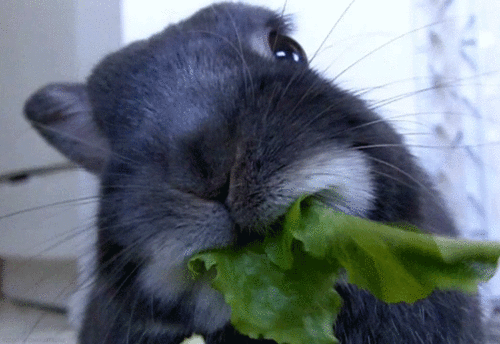
I was missing in action from Steemit for a while simply because I was burnt out from all that writing bundled up with my usual translation/writing work; not an ideal combination of work and downtime pleasure when both requires serious brain juice to concoct.

If my memory serves me correctly, we were catching up at our local coffee shop having what we would call a “yc” session; basically yamcha in Cantonese or yimcha in Hakka, directly translated to “drink tea”. Having not seen @cklai for a good couple of months naturally I was curious about what he was up to, on usual days he’s just busy with regular work stuff and plotting world-crop-domination during his down time.

The main focus of #CityGrownUrbanFarming is to promote and educate the general public on knowing where their food comes from and how it was farmed. The culprit of blowing goods' prices through the roof, vegetables in this instance, is due to a few reasons:

With all that being said, the most feasible solution to these problems is to grow your own crops; knowing where and how they get on your plate, who doesn’t like the idea? I’m sure most of you upon hearing this would think it isn’t possible to grow something with the limited space in your backyard and some might even think it’s absurd to purchase a crazy-expensive plot of land only to grow vegetables for personal consumption.
That’s where our #CityGrownUrbanFarming Hydroponics System comes in. Taking out pots and soil out from the equation, it significantly reduces the space required and the risks of pests and soil-borne diseases coming into play. Dubiously dubbed as Mark I, it only takes about 4’x2’ of floor space and 7’ in height, consisting of 4 individual grow-pipes hosting 20 slots each. The whole process is simple, germinate any vegetable you fancy, pop them into the system and here comes the ultimate patience test, we wait. After a few weeks and voilà! You’re ready to harvest your very own crops. All the patience and effort has finally paid off, munching away on that fresh and crisp lettuce.

Utilising negative or unused spaces, #CityGrownUrbanFarming enables you to greenify your homes, cafés and especially urban spaces where they are commercially redundant and left unoccupied thus, leaving it grey as concrete (get it?). Our space of interest would be the balcony at my place, it’s the perfect analogy of utilising minimum space and optimising yields for maximum harvest. We’ll be carrying out all sorts of tests and experiments before showcasing our refined system to the market and hopefully increasing the awareness of knowing your food source as well as getting you on board the hydroponics bandwagon.
On my follow-up post, we will dive right in to the nitty and gritty part where we fabricate and assembly of our system; not forgetting a sneak peek behind-the-scenes on our germination processes and the ups and downs along the way. So don't forget to hit that follow and upvote button to stay updated with the progress of #CityGrownUrbanFarming!
Cheers